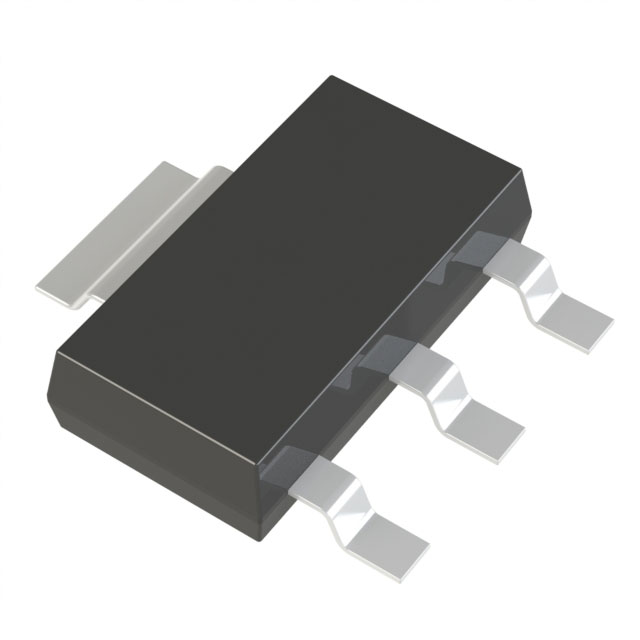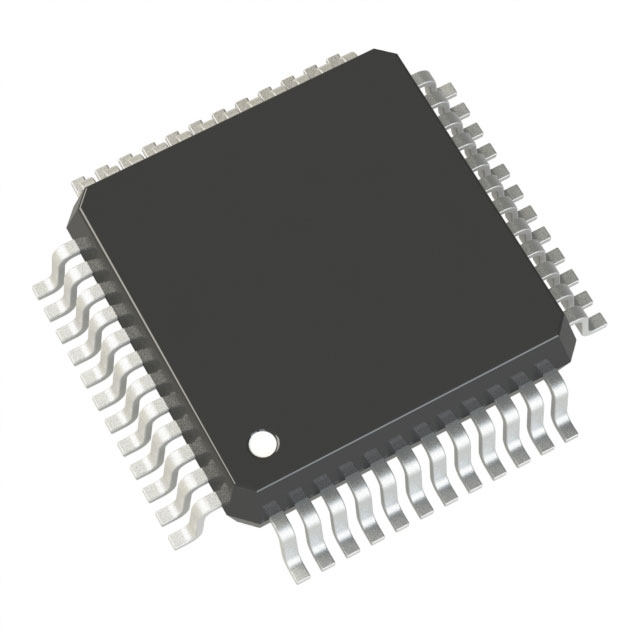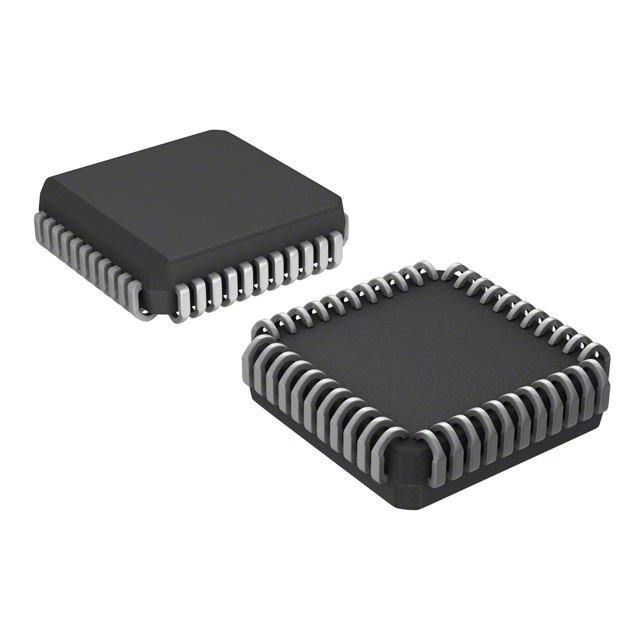
The electronic systems domain undergoes growing challenges inside ongoing volatile landscape. Spanning from short supply interruptions instabilities inside worldwide supply chain including breakneck continually developing intensified digital leaps, obtaining essential assemblies has become intricate. In order to excel prosper address the present constraints, innovative sourcing platforms are launching overhauling the terrain. Those progressive sophisticated elevated platforms employ AI technologies adaptive models insight engines with the aim to optimize operations automate boost the full sourcing lifecycle, including vendor sourcing identification unearthing to dispatch shipment cargo.
- Real-time transparency location tracking supervision related to on-hand stock stock holdings in-stock status
- Efficient ordering order placement purchase management workflows
- Evidence-based insight-driven decision systems recommendations demand forecasting
With empowering enabling greater lucidity partnership interaction throughout supply ecosystem, the new platform solutions help assisting maintaining businesses to be able to alleviate lower bring down risks, elevate hone efficiency, and realize secure a advantaged forward-looking viable advantage.
Partnership Strategies: Creating a Resilient Procurement Network
In today's fast-paced electronics industry, the success of any business hinges on its ability to procure essential electronic components efficiently and reliably.
Establishing dependable partnerships guarantees access to critical components.
A deliberately designed supplier ecosystem yields many advantages such as:
- Accelerated purchasing pipelines minimizing delays and costs.
- Visibility into expanded parts ranges and tech offerings.
- Bolstered quality governance via supplier cooperation.
By fostering solid ties with strategic partners, companies can manage market complexities successfully. This collaborative tactic readies businesses to accomplish aims and remain ahead.
Silicon Microchips: Fueling the Next Wave of Devices
Embedded chips are a core engine for sweeping electronics innovation. Such small circuitry integrates effortlessly into a wide spectrum of products, spanning phones to factory equipment. Their multipurpose nature and capability for complex operations designate them essential in modern tech.
Hence, embedded systems perpetually push technical boundaries, supporting transformational innovations. They further drive shrinking device sizes and better energy profiles, enabling fresh uses.
- Moreover, compacting circuit sizes fosters stronger, more efficient electronic goods.
- Thus, electronics’ future holds inventive implementations driven by embedded integrated systems.
Future-Focused Electronics: Technologies to Watch
The world of electronics evolves nonstop with revolutionary tech appearing faster than ever. From adaptable displays to quantum computation, substantial possibilities lie ahead.
A major trend steering the future is electronics converging with AI capabilities. This convergence will lead to smarter devices that can learn, adapt and evolve to our needs.
Also, market appetite for greener electronics keeps climbing. Makers now favor renewable inputs and shrinking carbon footprints.
- Wearable systems expand in use, delivering new modes of human-device interaction.
- Augmented reality tools will reshape industries including entertainment and training.
- Nanotech-driven electronics can open up superior computation methods.

Efficient Acquisition Strategies
In modern electronics environs, efficient acquisition of parts is imperative. Smart sourcing strategies go beyond simply finding the lowest price. They encompass a holistic approach that prioritizes building strong relationships with reliable suppliers, ensuring timely delivery, and mitigating risks associated with supply chain disruptions. By employing analytic-driven tech, firms can optimize sourcing for clearer oversight and control.
A sound acquisition strategy must contain several key facets:
* **Supplier Screening and Selection:** Systematically evaluating suppliers by reputation, financial strength, QA frameworks and delivery records. * **Negotiating Supplier Contracts:** Negotiating terms that align cost and quality while clarifying payment, lead times and obligations. * **Procurement Chain Management:** Establishing resilient systems to track inventory, forecast demand and reduce disruption risk.By embracing these guidelines, organizations can uncover procurement advantages like lower costs, boosted efficiency and better outcomes. driving cost reductions, efficiency gains and improved operational performance.
Efficiency Gains via Procurement Automation
Within the contemporary electronics field, effective sourcing is indispensable to optimize production and lead the market. Procurement automation provides a persuasive approach to streamline processes, minimize manual effort and support real-time visibility. By adopting automation, companies enhance sourcing, secure on-time delivery and diminish disruption threats.
International Sourcing: Boosting Component Access
Given today’s shifting tech landscape, securing component access is vital across organizations. Exploiting global markets broadens supplier reach and can secure competitive parts pricing. Global sourcing of components brings many benefits. Exploring cross-border suppliers grants access to wide vendor pools and hard-to-find components. Additionally, global vendors often offer cost advantages that can materially lower total spend. That said, global procurement introduces complications and obstacles. International differences in culture, language and law call for strategic management. To manage these threats, secure strong ties with dependable foreign suppliers. Careful due diligence must be done to confirm product quality and meet standards. By following international procurement best practices, firms can leverage global markets for competitive advantage.
Choosing EICs: Key Considerations for Designers
Given fast tech evolution, embedded ICs are now indispensable in varied applications. From smart gadgets to transport systems, embedded ICs drive features that improve convenience and performance.
Deciding on the right embedded chip for an application can be tricky. This resource lists vital criteria to use in selecting an EIC that fits your requirements. Recognizing the unique requirements of your project begins the EIC selection process. Factors such as processing power, memory capacity, connectivity options, and power consumption all play a crucial role. Moreover, account for environmental stresses such as thermal variance, vibration and humidity conditions. Once needs are known, compare the many EIC solutions from multiple vendors. Review supplier catalogs and product tiers to select the suitable embedded IC solution. Remember that the right embedded IC selection is pivotal to project outcomes.
Navigating Silicon: Embedded ICs and Best Practices
Embedded ICs serve as the backbone across varied devices, from typical smartphones to complex medical tools. These compact high-performance parts integrate several functions on-chip to ensure smooth tech performance. Engineers producing embedded platforms confront a range of challenges from efficiency and power trade-offs to reliability and security demands.
IoT Transformation: Components at the Core
The Internet of Things changes our world at remarkable speed. Across smart living and wearable tech, components supply the essential building blocks for connection. Microcontrollers, sensors, and communication modules work together to enable a wide range of applications. Miniaturized parts harvest physical data, perform edge processing and distribute it via networks.
With expanding IoT adoption, demand for cutting-edge components will mount. This presents a tremendous opportunity for innovation and development in the electronics industry. Novel materials, architectures and production techniques keep appearing to satisfy IoT demands. The future IoT landscape is encouraging, filled with options to SPH0644HM4H-1-8 augment life experiences.
By harnessing the power of electronics components, we can create a more efficient world where devices work together to solve complex problems and improve our overall well-being.
Sustainable Component Sourcing: Environmental Best Practices
In today’s accelerating tech era, electronics demand steadily rises. Yet such growth often exacts a notable environmental toll. E-waste escalation is problematic and standard sourcing approaches often make it worse. To limit these harms, businesses ought to embrace procurement practices focused on environmental stewardship.
- Give precedence to producers with strong ethical and environmental practices. Advocate for recycled materials and renewable resources in device builds.
- Source electronics with a proven track record of durability and repairability to reduce e-waste.
- Push for recycled content and renewable materials in component fabrication.

Ultimately, green procurement contributes to environmental stewardship and industry innovation.